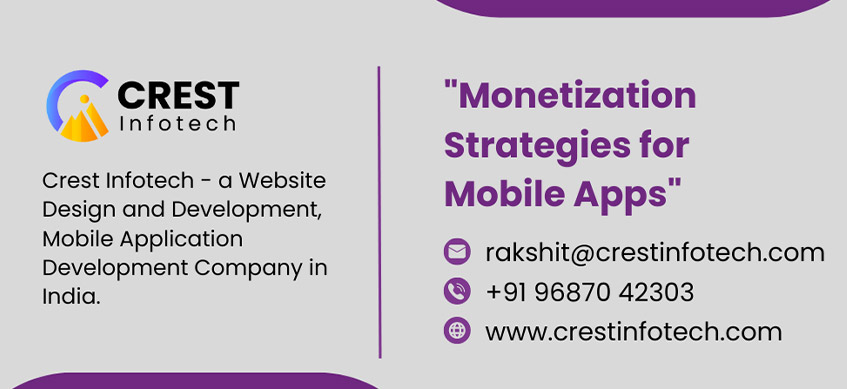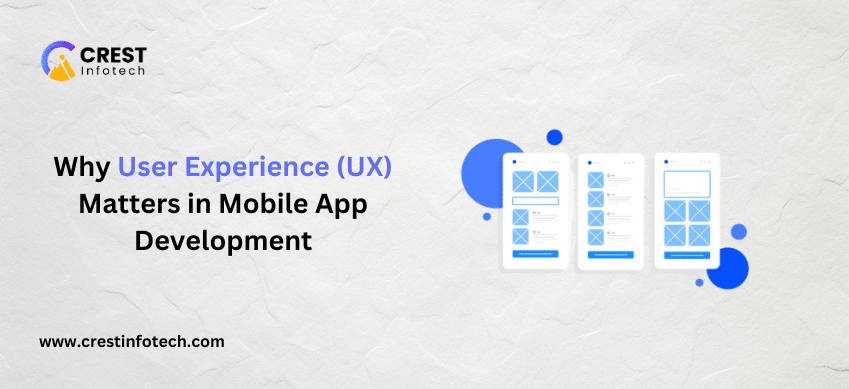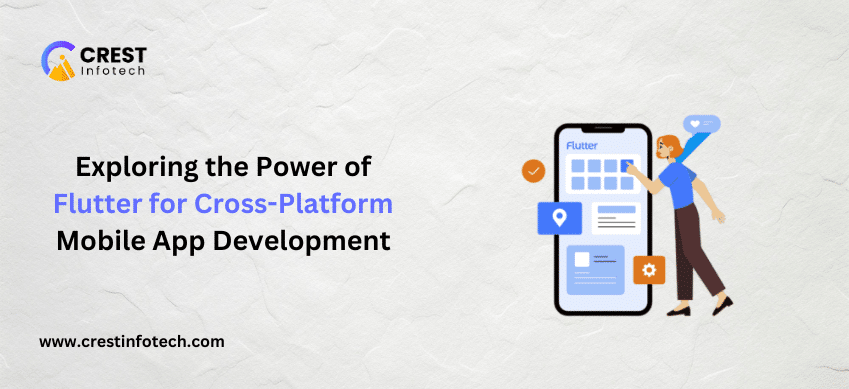Monetizing mobile apps is a crucial aspect of app development that enables developers and businesses to generate revenue and sustain their operations. With a multitude of monetization strategies available, ranging from traditional models to innovative approaches, choosing the right strategy requires understanding your app’s audience, value proposition, and market dynamics. Here’s a comprehensive guide to effective monetization strategies for mobile apps:
1. Freemium Model:
The freemium model offers the app for free with basic features and functionalities, while charging users for premium content, features, or virtual goods through in-app purchases (IAPs). Key aspects include:
- Upsell Premium Features: Provide enticing premium features or content that enhance user experience and justify the upgrade to paid versions.
- Limited Free Version: Offer a free version with limitations to encourage users to upgrade for additional benefits.
2. In-App Advertising:
Monetize through advertising by displaying targeted ads within the app experience. Common ad formats include banner ads, interstitial ads, rewarded videos, and native ads. Considerations include:
- Ad Placement and Frequency: Strategically place ads without disrupting user experience, considering user engagement and retention.
- Ad Mediation: Use ad mediation platforms to maximize fill rates and optimize revenue from multiple ad networks.
3. Subscription Model:
Offer subscription-based access to premium content, features, or services within the app. Subscriptions can be monthly, yearly, or offered as tiered plans with varying benefits. Benefits include:
- Recurring Revenue: Generate predictable revenue streams through recurring subscriptions.
- Content Updates: Provide regular updates and exclusive content to retain subscribers and justify ongoing payments.
4. In-App Purchases (IAPs):
Enable users to purchase virtual goods, upgrades, or additional functionalities directly within the app. Monetization strategies include:
- Consumable vs. Non-Consumable Purchases: Offer consumable items (e.g., in-game currency) that users can buy multiple times vs. non-consumable items (e.g., ad-free upgrade) purchased once.
- Seasonal Promotions: Introduce limited-time offers and discounts to incentivize purchases and drive revenue spikes.
5. Sponsorship and Partnerships:
Collaborate with brands or businesses for sponsorship opportunities, product placements, or co-branded content within the app. Benefits include:
- Targeted Audience Reach: Leverage partnerships to reach new audiences aligned with your app’s niche or industry.
- Mutual Promotion: Cross-promote with sponsors to enhance brand visibility and user engagement.
6. Data Monetization:
Analyze user data (with user consent and compliance with privacy regulations) to offer personalized experiences or insights to third parties. Consider:
- Anonymized Data: Aggregate and anonymize data to protect user privacy while providing valuable insights to advertisers or researchers.
- User Consent: Implement transparent data handling practices and obtain explicit consent for data monetization activities.
7. Affiliate Marketing:
Promote third-party products or services within the app and earn commissions for referrals or purchases made through affiliate links. Strategies include:
- Relevant Offers: Recommend products or services aligned with user interests or app content to enhance conversion rates.
- Performance Tracking: Use affiliate marketing platforms to track referrals, conversions, and commission earnings accurately.
8. Crowdfunding and Donations:
Engage users through crowdfunding campaigns or donations to support app development or specific features. Consider:
- Value Proposition: Clearly communicate the app’s mission or goals to encourage community support and contributions.
- Incentives: Offer rewards or exclusive perks to donors to incentivize contributions.
Conclusion:
Choosing the right monetization strategy for your mobile app requires a deep understanding of your target audience, app niche, and market dynamics. By leveraging a combination of these strategies—such as freemium models, in-app advertising, subscriptions, and partnerships—you can diversify revenue streams, optimize user engagement, and maximize profitability.
As the mobile app ecosystem evolves, continuously monitor and iterate on your monetization strategy based on user feedback, market trends, and industry best practices. By adopting a strategic approach to app monetization, developers and businesses can unlock the full revenue potential of their mobile applications while delivering value and maintaining user satisfaction.
This article provides comprehensive insights into various monetization strategies for mobile apps, emphasizing the importance of strategic planning, user engagement, and adaptation to market dynamics for sustainable revenue generation. Adjust content based on specific app categories, target audie nces, and emerging trends in the mobile app industry.



